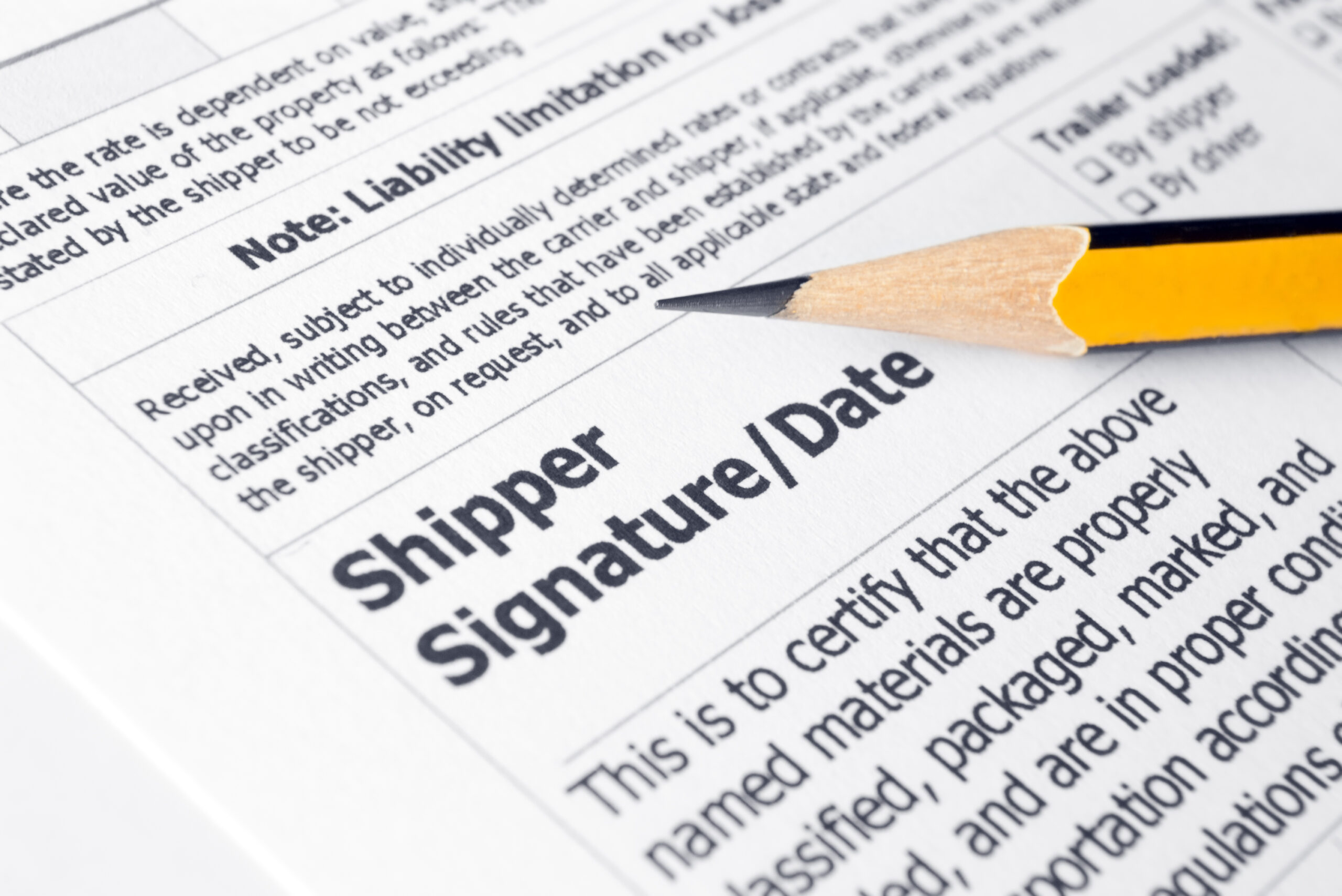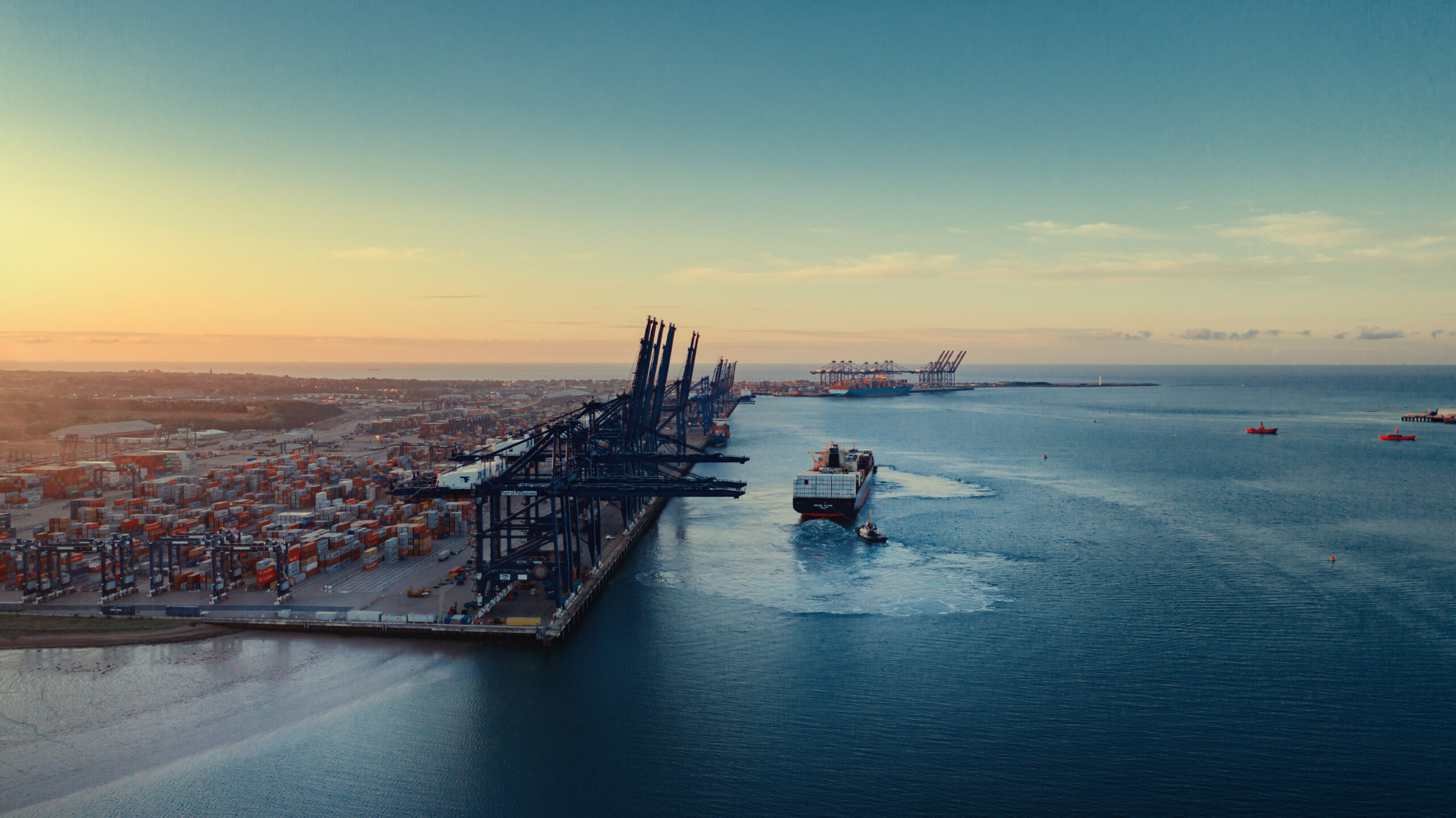

When it comes to shipping by air, there are a lot of regulations that need to be followed, including filling out and submitting the correct accompanying documents. There is a fair amount of documentation required for air freight shipping and getting it wrong can lead to penalties, delays and extra fees.
This may sound daunting but don’t let this put you off choosing air freight as your selected shipping solution. There are a whole wealth of benefits that come with air freight, making the documentation process worth it. And of course, choosing to ship with a freight forwarding provider means that you’ll have a helping hand every step of the way.
The commercial invoice is one of the most important documents required as this contains most of the basic information required related to the shipment. This includes a breakdown of all of the items within the cargo, the quantity, weight, value and the origin location. A commercial invoice also requires a commodity code to be filled out, which is a unique number that differentiates your products from others. For UK businesses, this code can easily be found on the UK Government’s website.
The Certificate of Origin is a document that is required to declare which country the shipment originated in, even if a commercial invoice contains the same information. This document may be required for customs clearance as each country has different regulations based on where goods originated.
An airway bill is another crucial document that is required for freight by air. Essentially, an AWB is an air freight version of a bill of lading, provided by the IATA. The document is issued by the air carrier to the shipper which serves as a receipt for the goods, as well as a contract of carriage between the carrier and the shipper.
A packing list is a fairly straightforward document and provides more detailed information regarding the contents of the cargo. This document covers weight and dimensions of the shipment and a detailed specification of the goods.
It’s important to note however that there are a number of other documents that exist in the air freight industry, however they depend on the destination you’re shipping to/from and the contents of your cargo. These documents include:
We advise that you check with your freight forwarding provider for the most accurate information regarding which documents you’ll need depending on your cargo and destination.
Ensuring you have the correct shipping forms is a crucial aspect of freight forwarding, no matter the transportation method. Air freight is no exception to this and failing to present the correct documentation can lead to your shipment being delayed as well as potential penalty fees.
Electing Jenkar as your chosen freight forwarding provider however means that you’ll avoid any disruptions as we’ll work with you to make sure that you have all the correct documentation required for your shipment. If you need to make an international delivery and aren’t sure where to get started, then get in touch with us and a member of our team will be more than happy to help.
Stay up to date with the latest trends, news and updates in the freight forwarding industry to ensure that your logistics operations are always optimised for efficiency.
 The Most Important International Shipping Laws and Regulations You Need To Be Aware Of
The Most Important International Shipping Laws and Regulations You Need To Be Aware Of
International shipping laws and regulations are important for the facilitation of global trade and without them, the movement of goods across borders would be inefficient and quite frankly, chaotic. With these laws in place however, the transportation of goods, documentation requirements and safety regulations are standardised to ensure security at borders and efficient international trade. […]
Read More U.S. Dock Workers Commence Strike Across Ports on East and Gulf Coast
U.S. Dock Workers Commence Strike Across Ports on East and Gulf Coast
As of Tuesday 1st October, dock workers at ports across the U.S. East and Gulf Coasts are onstrike against their employers. The strikes come as a result of negotiations between TheInternational Longshoremen’s Association (ILA) and U.S. Maritime Alliance (USMX), where both organisations have been trying to settle on a new master contract. The ILA have […]
Read More Changes To GB Safety and Security Import Controls Suppliers Need To Be Aware Of
Changes To GB Safety and Security Import Controls Suppliers Need To Be Aware Of
The Changes From 31st October 2024, Safety and Security (S&S) declarations will now be required for all goods being imported from the EU, not just animal, plant or plant-based products. This means that imports from the EU will now be subject to the same control measures as imports from the rest of the world. These […]
Read More